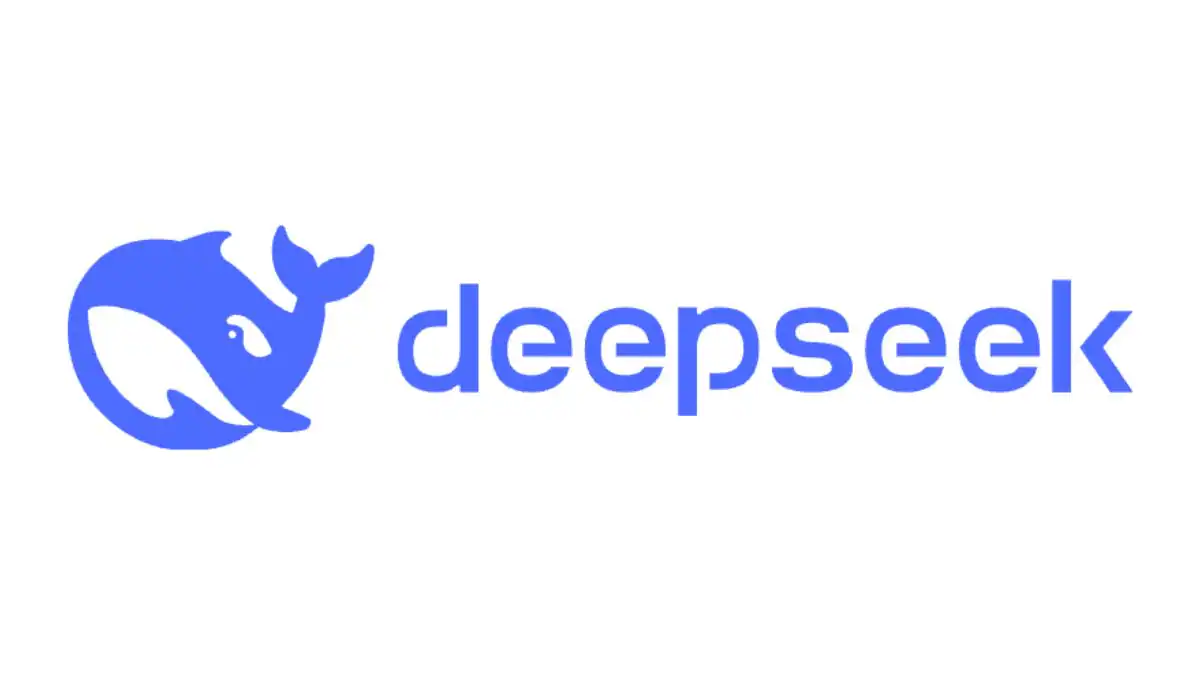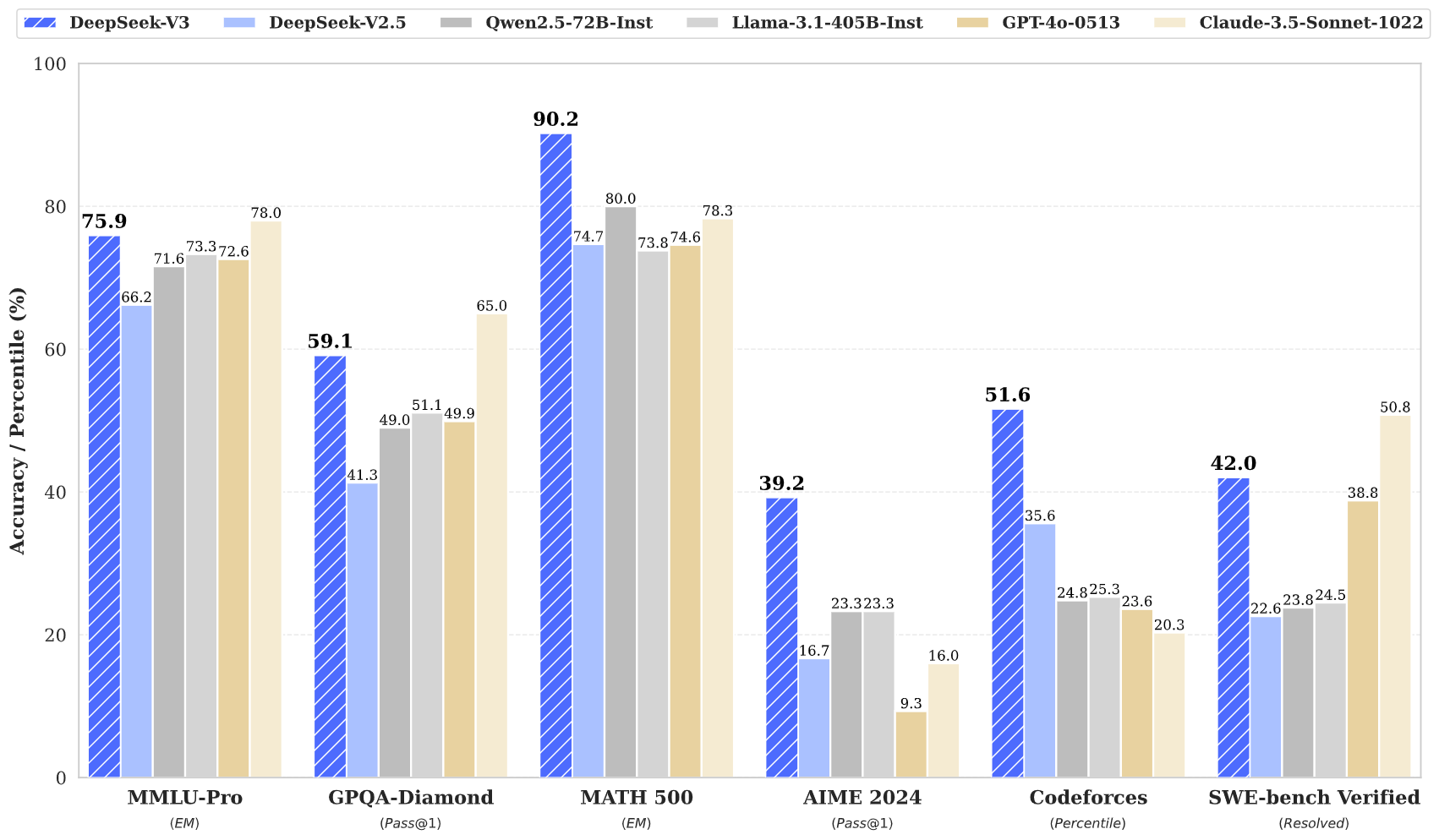
DeepSeek R1: The AI Model Revolutionizing Silicon Valley
What is DeepSeek R1?
DeepSeek R1 is an open-source artificial intelligence model developed in China that has shaken the Western tech market. Its launch just five days ago has already created an unprecedented impact in the AI industry, causing significant drops in the market valuations of giants like NVIDIA (-6.5%), Microsoft (-3.5%), and ASML (-8%). This model stands out not only for its technical efficiency but also for challenging the closed model that characterizes Silicon Valley.
Why is DeepSeek R1 Important?
The emergence of DeepSeek R1 marks a turning point in the global AI industry by targeting two key pillars of Western dominance:
- Dependence on massive hardware investments: DeepSeek R1 has shown that it is possible to achieve performance comparable to leading models using fewer resources and less sophisticated hardware.
- Secrecy of proprietary models: By being open-source and available under an MIT license, DeepSeek R1 democratizes access to advanced technologies previously kept behind closed doors by Silicon Valley.
Financial Impact
The arrival of DeepSeek R1 has triggered a drastic reevaluation of expectations around AI hardware spending. NVIDIA, the leading GPU manufacturer, has lost over $384 billion in market value due to perceptions that current models are overbuilt and heavily reliant on unnecessary resources.
DeepSeek R1: A Sputnik or Linux Moment?
The industry is divided on whether DeepSeek R1 represents a “Sputnik moment” for AI or if its impact will be more akin to the arrival of Linux:
- Sputnik Moment: This model could catalyze a global transformation, similar to the impact of the Soviet satellite’s launch on the space race.
- Linux Moment: It could create a new landscape where open and proprietary models coexist, as happened with Linux and Windows.
Unlike Linux, which took years to gain traction, DeepSeek R1 has caused an immediate earthquake, altering both market perceptions and valuations.
Key Features of DeepSeek R1
Technical Efficiency
DeepSeek R1 achieves performance on par with the best models from OpenAI and Meta, but with less hardware and lower energy consumption. This has raised questions about how such optimization was achieved under the technological restrictions imposed by Western markets.
Open-Source Model
Available under an MIT license, DeepSeek R1 invites global collaboration, allowing developers worldwide to access, modify, and contribute to the model.
Innovative Learning
DeepSeek R1 leverages advanced reinforcement learning techniques, enabling it to enhance performance without relying exclusively on supervised data, a feature that reinforces its efficiency.
China’s Strategy in the AI Industry
The disruption caused by DeepSeek R1 is not an isolated event. It is part of a broader strategy by China to gain prominence in the global tech sector. Recently, the Chinese government announced a $137 billion investment to strengthen its digital infrastructure, boost research and development in semiconductors, and promote technological self-sufficiency.
Challenges and Criticism
Despite DeepSeek R1’s undeniable impact, questions remain about its real costs. Some experts suggest that the startup might be concealing access to advanced hardware that violates trade restrictions. Nevertheless, even if its costs were higher, its open-source model still poses a significant threat to Silicon Valley’s closed systems.
Conclusion: Towards a New Paradigm in AI?
DeepSeek R1 has sparked a debate about the future of artificial intelligence. The Western industry faces a crossroads: maintain its closed and expensive model or pivot towards greater openness to compete with the efficiency of solutions like DeepSeek R1. This moment could define how technology will develop and be commercialized in the coming decades.
Whether it’s a “Sputnik moment” or a “Linux moment,” one thing is clear: DeepSeek R1 has proven that cutting-edge AI doesn’t need to be locked behind Silicon Valley’s walls. The industry’s future could be more open, accessible, and democratized than we ever imagined.

